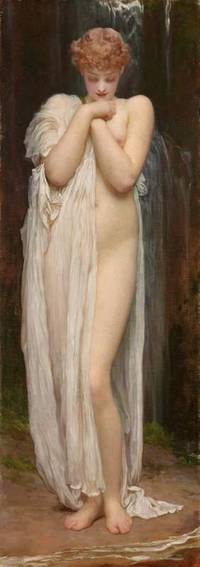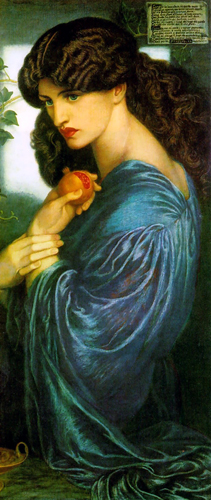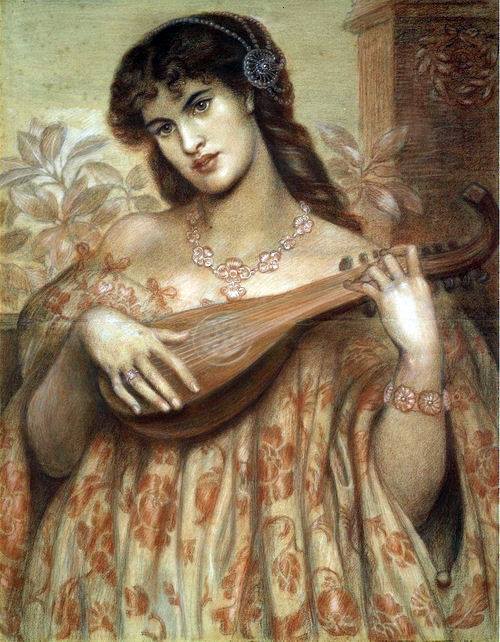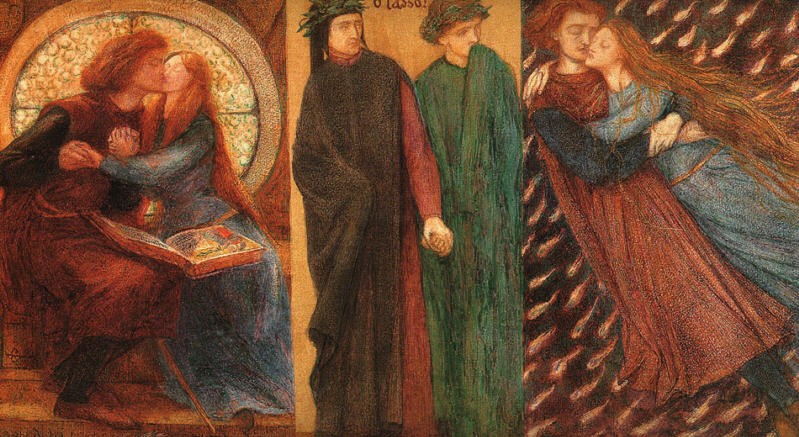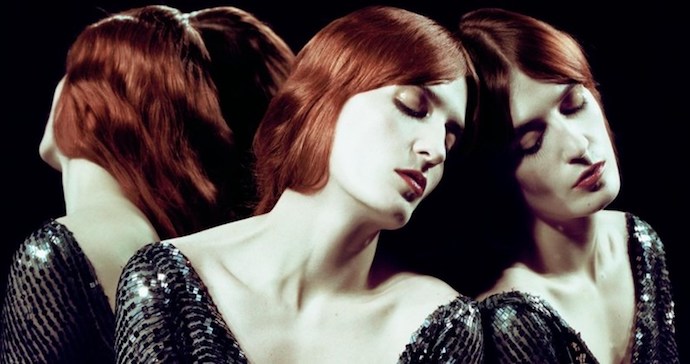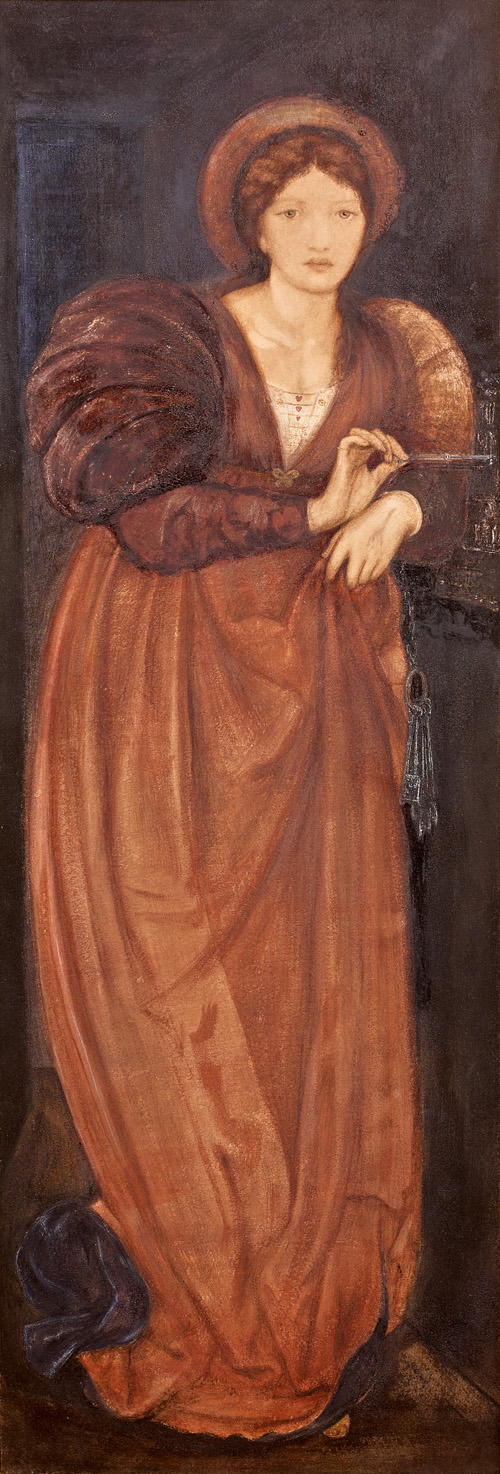Exploring the Beauty of Melancholy
“Our sweetest songs are those that tell of the saddest thought” –Percy Bysshe Shelley At what point in human history did we decide that in music, a slow tempo is sad while upbeat music with a faster beat is happy? Instinctively we have always known that certain music and art reflects a sense of melancholy. While … Read more


